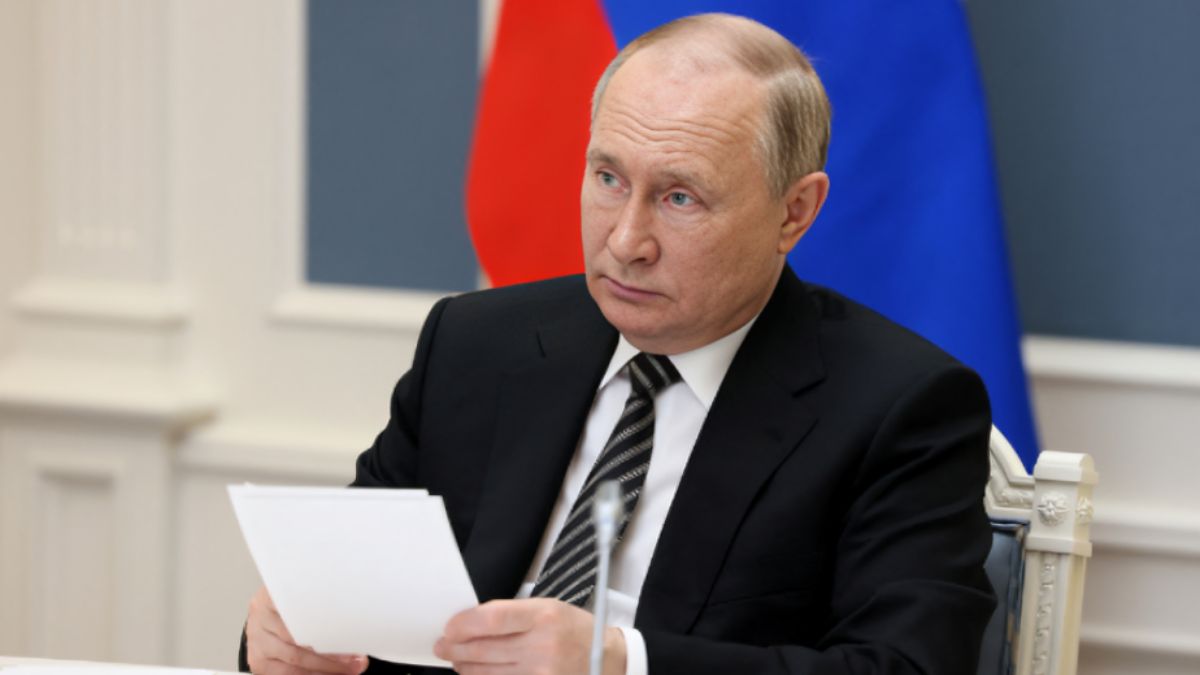Russian President Vladimir Putin appears all set for clinching an unprecedented feat in the history of the country: a fifth six-year term as the head of the state. His victory in the upcoming March 15-17 Presidential Elections is understood to be foreordained. Internationally, the war in Ukraine is a key focus. In Russia, however, the condition of the economy weighs heavily on the citizens’ minds.
That begs the questions: ahead of the polls, what is the truth of the Russian economy?
1. What GDP numbers show
Data released by Rosstat in February showed that Russia’s real gross domestic product (GDP) grew by 3.6 per cent last year. This growth is largely attributed to record-high increase in government spending (especially for military equipment) and generous payments to volunteer soldiers.
The International Monetary Fund (IMF), in a future outlook report released in late January, raised its forecast for the country’s economic growth pace for 2024 from 1.1 per cent to 2.6 per cent.
However, the numbers mask a nuanced picture.
2. War-linked industries zoom, but others underperform
Allianz, an international financial services provider, in a recent report, said that “Russia’s economic outperformance reflects the redeployment of resources towards war, disguising the underperformance of the rest of the economy. On the supply side, growth in 2023 was mainly boosted by strong expansion in industries linked to the war, construction and retail sales […] On the other hand, output in the automotive and air transport sectors was well below pre-war levels in 2023.”
3. Oil export revenues stable, but risks remain
Revenues from Russia’s oil and gas industry have accounted for 30-50 per cent of total federal budget revenues over the past decade. The country’s oil and gas sector makes up roughly 20 per cent of its GDP on average, according to a report by the Oxford Institute for Energy Studies.
Impact Shorts
More ShortsWhile sanctions levied by the West led to Moscow losing its lucrative natural gas market in Europe, it was not long before new buyers partially filled that vacuum. Following boycotts, Russia’s oil exports moved from the countries in Europe to fuel-guzzling Asian giants: China and India.
In the month of January alone, Russia earned around $15.6 billion (or $500 million per day) in oil export revenue, AP reported citing the Kyiv School of Economics’ Russian oil tracker.
Janis Kluge, an expert on the Russian economy at the German Institute for International and Security Affairs told the publication that as long as the price of oil holds up, Russia can maintain its hefty expenditure on the military and social programs “indefinitely”.
The risk here is of a sharp drop in the price of Russian oil, already trading at a discount of around $13 per barrel against the international benchmark Brent crude.
4. Tight labour market behind low unemployment
Unemployment rates in Russia are low, owing to a tight labour market. Thousands of men signed military contracts at the start of the war with Ukraine. Thousands more migrated out of the country to avoid mobilisation. According to AP, both these developments have led to companies facing labour shortages.
5. Construction sector booming– at what cost?
Government-subsidised mortgages, as well as high wages are not only supporting apartment buyers, but also the construction sector. The present is pretty, but the large bill for the Putin administration’s largesse will eventually hit hard.
6. Inflation, interest rates still high
Inflation in Russia is over 7 per cent– much higher than the central bank’s goal of 4 per cent. These elevated levels are nothing new, though, AP reported.
The Central Bank of the Russian Federation, in its efforts to reign in inflation, has raised interest rates to a whopping 16 per cent.
7. Food, energy security assured
The good news for Russians is that the country has been much more self-reliant in meeting its food requirements since its takeover of Ukraine’s Crimea Peninsula in 2014. The Putin administration has also taken steps to keep fuel prices in check. Primary among these is a 6-month ban on gasoline exports that came into effect from March 1.
With inputs from agencies


)

)
)
)
)
)
)
)
)



